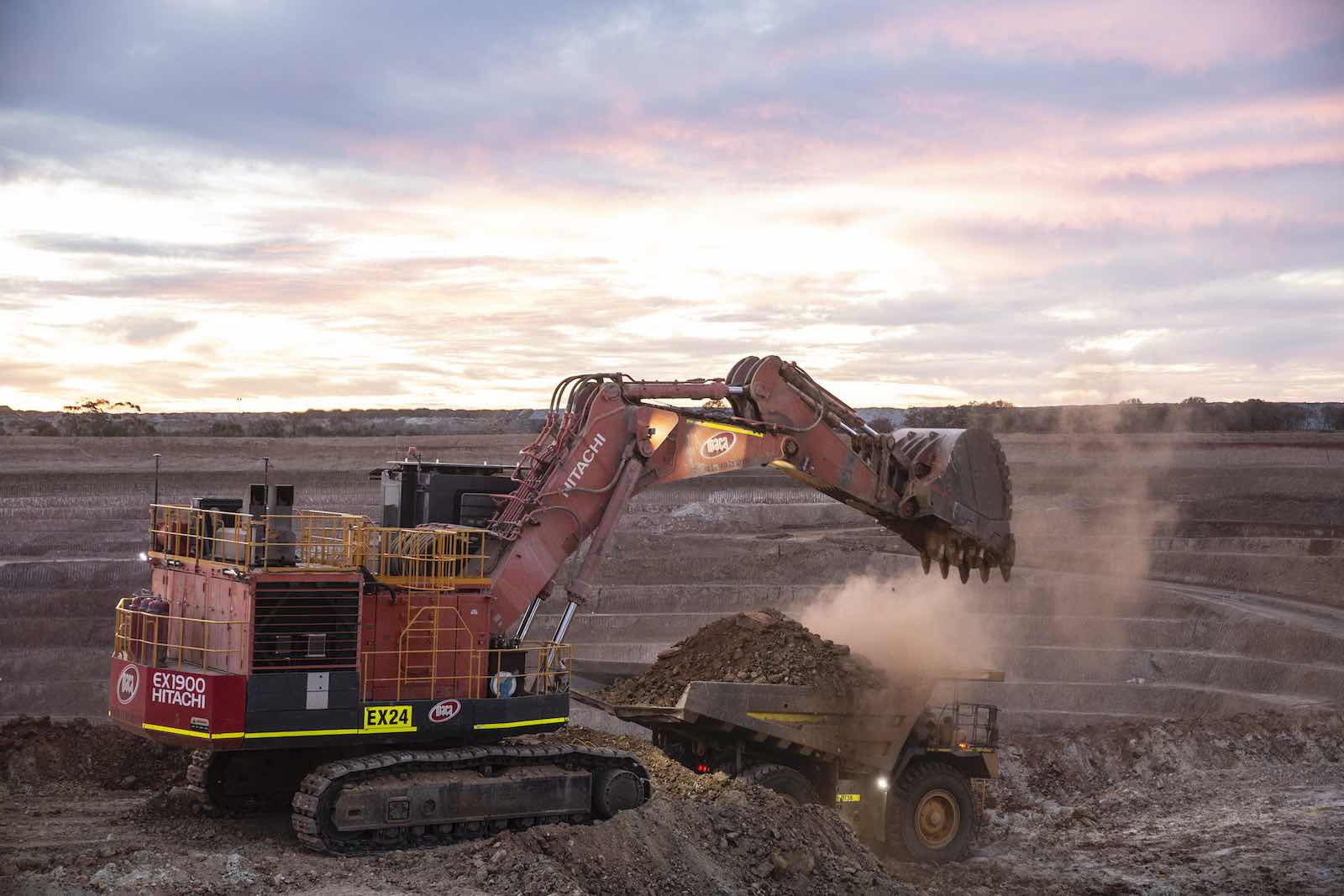
Dust suppression in mining refers to the use of various methods to reduce the amount of airborne dust generated during mining operations. Controlling dust in the following areas is important in mining for several reasons.
One of the main negative impacts of dust in mining is its effects on the health of miners. Inhaling fine particles of dust can lead to respiratory problems, such as pneumoconiosis (also known as black lung disease), as well as other respiratory disorders. Dust can also cause eye irritation and allergies.
In addition to the health effects on miners, dust can also have negative environmental impacts. Dust from mining operations can harm vegetation and wildlife, and can also affect the quality of air, water, and soil in the surrounding area.
Dust can also cause problems with equipment and infrastructure. It can accumulate on surfaces and cause wear and tear on machinery, leading to reduced efficiency and shortened lifespan. Dust can also reduce visibility, which can lead to accidents and other safety issues.
There are many benefits to implementing dust suppression measures in mining operations. One of the main benefits is improved air quality for miners, which can help reduce the incidence of respiratory problems and other health issues. Dust suppression can also help to reduce the negative environmental impacts of mining, such as harm to vegetation and wildlife, and can improve the quality of air, water, and soil in the surrounding area.
In addition, dust suppression can help to increase the lifespan of equipment and improve overall mine safety. Reduced dust can lead to improved visibility, which can help prevent accidents and other safety issues.
There are several types of dust suppression systems that can be used in mining operations. These include water spray systems, chemical suppressants, misting systems, and others.
Case studies have shown that effective dust suppression can be achieved in mining operations through the use of a variety of methods. For example, one mine implemented a water spray system to suppress dust and improve air quality for miners, while another mine used chemical suppressants to control dust and reduce its impact on the environment. Read our case study about haul road dust control at Bowen Basin Coal Mine
Occupational exposure limits (OELs) are guidelines that specify the maximum concentration of a substance in the air that a worker can be exposed to over a specified time period without experiencing adverse health effects. OELs are usually expressed in milligrams of substance per cubic meter of air (mg/m3).
In Australia, the OEL for respirable dust in the mining industry is 1.5 mg/m3 as an 8-hour time-weighted average (TWA). This means that the average concentration of respirable dust in the air to which a worker is exposed over an 8-hour shift should not exceed 1.5 mg/m3.
Respirable crystalline silica (RCS) is a type of dust that is generated when materials containing silica (such as sand, rock, and soil) are broken down or cut. Exposure to RCS can cause serious respiratory problems, such as silicosis, a lung disease that can lead to disability and death.
In Australia, the OEL for RCS in the mining industry is 0.05 mg/m3 as an 8-hour TWA. This means that the average concentration of RCS in the air to which a worker is exposed over an 8-hour shift should not exceed 0.05 mg/m3.
It is important for employers in the mining industry to monitor and control dust levels to ensure that they do not exceed the OELs for respirable dust and RCS. This can be achieved through the use of dust control measures such as ventilation systems, water spray systems, and personal protective equipment (PPE).
In conclusion, dust suppression in mining has many benefits, including improved air quality for miners, reduced environmental impacts, increased equipment lifespan, and improved overall mine safety. While there are various types of dust suppression systems available, case studies have demonstrated that effective dust control can be achieved through the use of a combination of methods. Future considerations and potential challenges in dust suppression in mining include the need for ongoing monitoring and maintenance of dust control systems, as well as the potential for new technologies and approaches to emerge.
A summary of the benefits of Global Road Technology (GRT) dust suppression products is that they are:
Your feedback is important to us. If you enjoyed reading this Global Road Technology industry update and found it informative, please let us know by leaving a REVIEW.
Are environmental regulations, health and safety concerns or potential profit loss a concern right now?
Contact Us Now